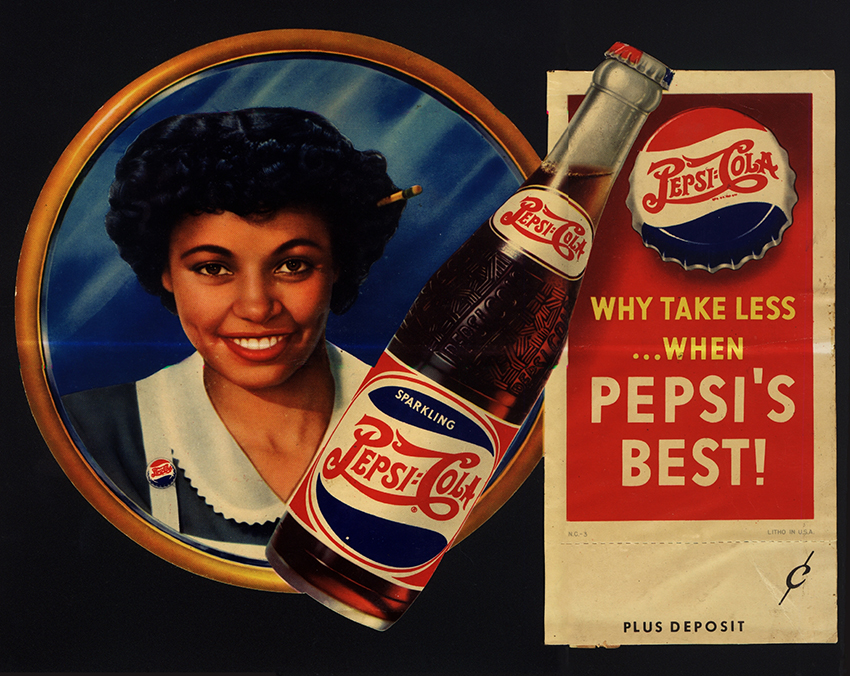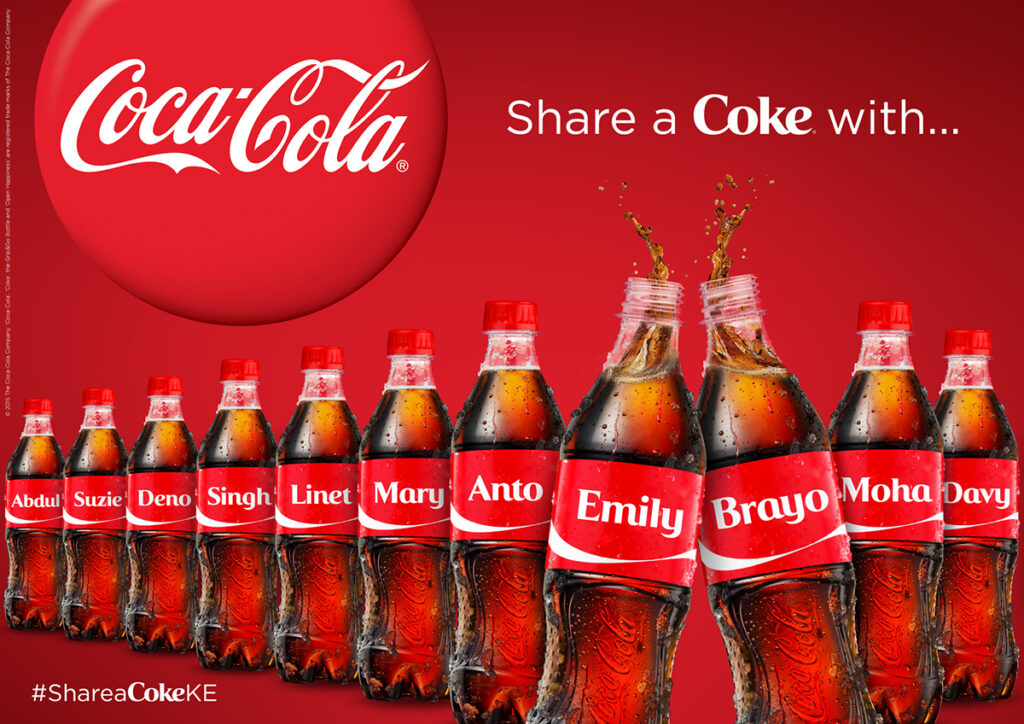
The Marlboro Man (1954) Campaign Case Study
- Maximum Impact
- September 28, 2023
The Marlboro Man campaign, which began in 1954, is one of the most iconic and controversial advertising campaigns in history. It played a pivotal role in transforming Marlboro cigarettes from a struggling brand into one of the best-selling cigarette brands globally. Here’s a case study of the Marlboro Man campaign:
Background:
In the early 1950s, Marlboro cigarettes were considered a “women’s cigarette” because they had a filtered tip and were marketed as a milder alternative to other brands. However, sales were declining, and Marlboro needed to rebrand to appeal to a broader audience.
Campaign Strategy:
Repositioning the Brand: Leo Burnett, the advertising agency behind the campaign, decided to reposition Marlboro as a cigarette for men. This was a significant shift from its previous image as a mild cigarette for women.
The Cowboy Image: The agency chose a rugged cowboy image as the centerpiece of the campaign. The cowboy was the embodiment of masculinity, independence, and toughness—traits the campaign wanted to associate with Marlboro.
Photography: The campaign used striking black-and-white and later color photography of real cowboys, ranchers, and rodeo stars in rugged, outdoor settings. The images captured the essence of the American West.
Tagline: The campaign featured the tagline “Come to Marlboro Country,” inviting consumers to join the cowboy lifestyle symbolized by Marlboro.
Results and Impact:
Dramatic Sales Increase: The Marlboro Man campaign led to a dramatic increase in Marlboro’s sales. Within a year of the campaign’s launch, Marlboro went from holding a 1% market share to becoming the fourth best-selling cigarette brand in the United States.
Rebranding Success: The campaign successfully rebranded Marlboro as a cigarette for rugged, independent, and adventurous men, distancing it from its earlier feminine image.
Cultural Icon: The Marlboro Man became a cultural icon, representing the American cowboy spirit. It was seen as a symbol of masculinity and freedom.
Controversy: The campaign faced criticism for glamorizing smoking and its association with health risks. It also faced legal challenges and public health advocacy efforts.
International Expansion: The campaign’s success in the United States led to its international expansion, making Marlboro a global brand.
Legacy: Despite evolving marketing regulations and anti-smoking campaigns, the Marlboro Man remains one of the most recognizable and enduring advertising icons.
The Marlboro Man campaign is a classic example of how effective branding and marketing can transform a struggling brand and create a lasting cultural impact. By repositioning Marlboro as a symbol of American ruggedness and independence, the campaign not only boosted sales but also established an enduring image that continues to be associated with the brand, albeit in a different cultural context due to changing attitudes toward smoking.
Facebook
Twitter
LinkedIn
WhatsApp
Get Free Quote
More Interesting Posts


Pepsi Challenge Marketing Case Study
Maximum Impact
8 October 2023
Nike’s “Just Do It” (1988) Marketing Campaign Case Study
Maximum Impact
29 September 2023

Coca-Cola’s “Share a Coke” Campaign Case Study
Maximum Impact
29 September 2023
"Maximize Your Impact in Digital Realm" With #1 Digital Marketing Agency | MAXIMUM IMPACT- Your Digital Partner in Success
Contact Info
- (+91) 9560 490 807
- admin@maximumimpact.in
- Haryana, INDIA
Useful Info
Subscribe to Our Newsletter
Sign up for my newsletter to get latest updates. Do not worry, we will never spam you.
- 2025
- MAXIMUM IMPACT. All rights reserved.
